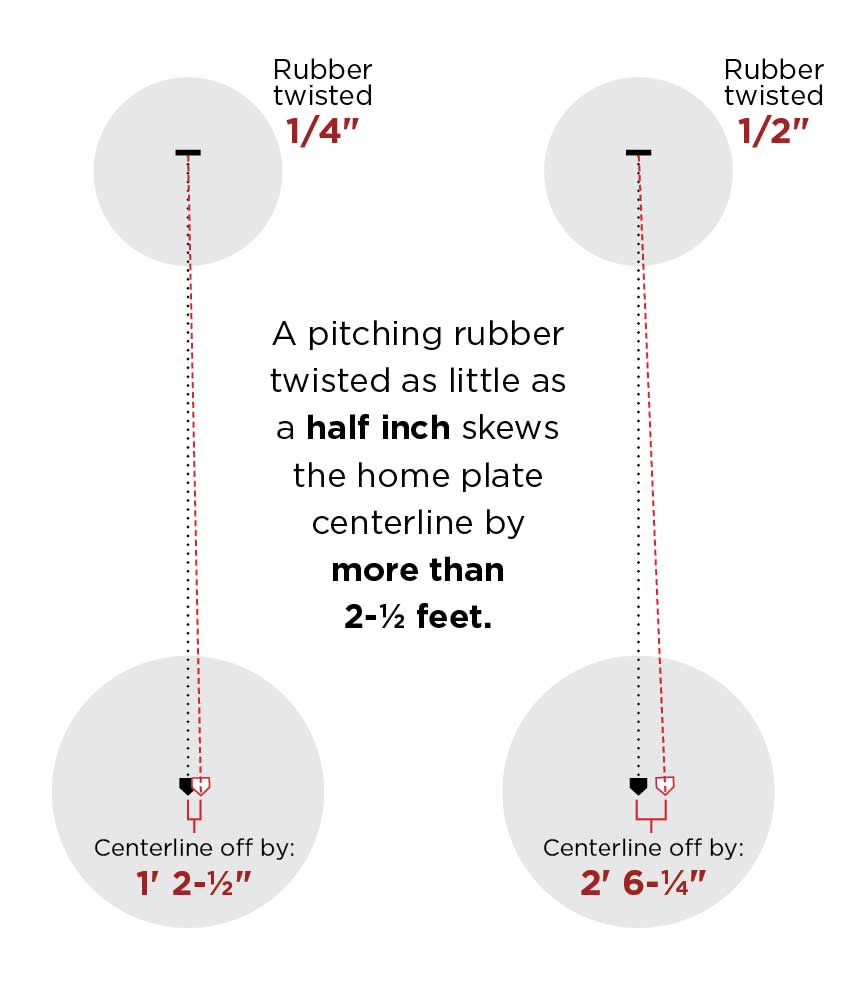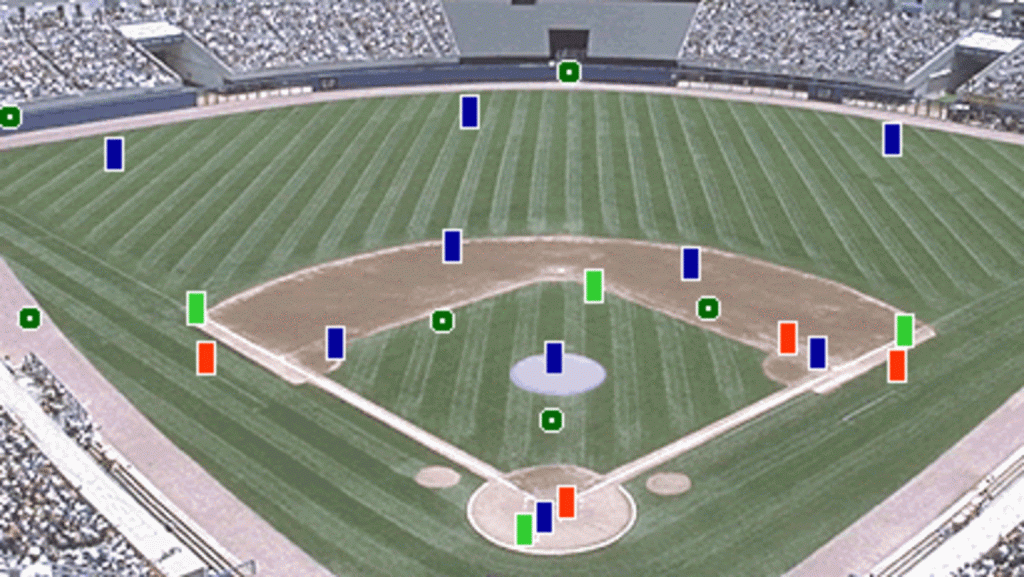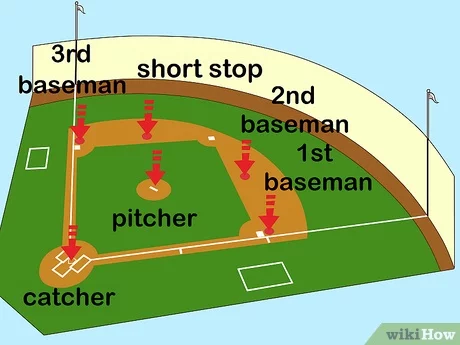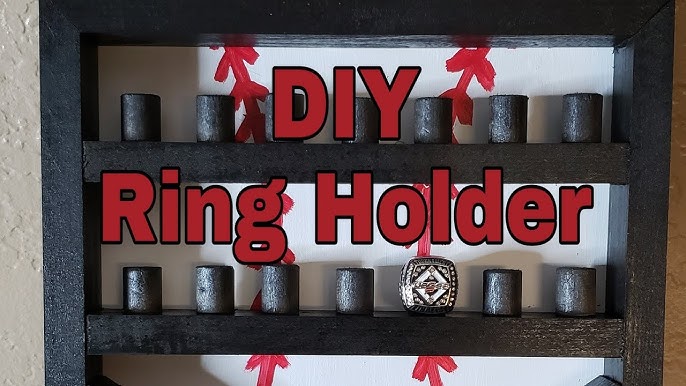In baseball, the pitching distance is crucial. From the pitcher’s mound to home plate, the standard distance is 60 feet 6 inches.
This distance is vital for fair play and safety in the game. Baseball is a game of precision and skill. One key element is the pitching distance. The official pitching distance in Major League Baseball is 60 feet 6 inches from the pitcher’s rubber to home plate.
This measurement ensures a consistent playing field for all players. Understanding this distance helps players train effectively and maintain the integrity of the game. Whether you are a player or a fan, knowing the pitching distance enhances your appreciation of baseball’s intricacies. Let’s explore why this distance matters and how it impacts the game.

Credit: spiff.rit.edu
Pitching Distance Basics
Understanding pitching distance is crucial in baseball. It ensures fair play and safety. This guide covers standard measurements and youth league variations.
Standard Measurements
In Major League Baseball (MLB), the pitching distance is 60 feet 6 inches. This measurement is from the pitcher’s rubber to home plate. This distance has remained constant since 1893.
Here is a quick reference:
| League | Pitching Distance |
|---|---|
| Major League Baseball | 60 feet 6 inches |
Professional baseball uses this standard measurement. It ensures consistency across all games.
Youth League Variations
Youth baseball leagues use different pitching distances. These variations cater to younger players’ abilities. Here are some common distances:
- Little League (ages 9-12): 46 feet
- Pony League (ages 7-8): 38 feet
- Pony League (ages 9-10): 46 feet
- Pony League (ages 11-12): 50 feet
These distances ensure safety and fair competition. They also help young players develop their skills.
Each league may have slight variations. Always check specific league rules for exact measurements. This ensures compliance and proper training.

Credit: ballfields.com
Regulations For Different Leagues
Understanding the pitching distance in baseball is crucial for players and coaches. Different leagues have specific regulations for the pitching distance. These regulations ensure fair play and safety. This section will explore the pitching distances for Major League Baseball and Minor League Baseball.
Major League Baseball
In Major League Baseball (MLB), the pitching distance is standardized. The distance from the pitcher’s mound to home plate is 60 feet, 6 inches. This distance has been the same since 1893. The pitcher’s mound is 10 inches high, which adds to the challenge for pitchers. The mound is also 18 feet in diameter.
Here are some key points:
- Pitching distance: 60 feet, 6 inches
- Mound height: 10 inches
- Mound diameter: 18 feet
Minor League Baseball
Minor League Baseball follows similar regulations to the MLB. The pitching distance is also 60 feet, 6 inches. This consistency helps players transition from the minor leagues to the major leagues. The height and diameter of the pitcher’s mound are the same as in the MLB.
The key points for Minor League Baseball are:
- Pitching distance: 60 feet, 6 inches
- Mound height: 10 inches
- Mound diameter: 18 feet
These regulations help maintain a standard across professional baseball. They ensure that players are prepared for the major leagues. Understanding these distances is essential for all players.
Youth Baseball Pitching Distances
Pitching distances in youth baseball vary based on age and league. Knowing the correct distance is crucial. It ensures fair play and helps young pitchers develop skills safely. Let’s explore the pitching distances for Little League and Pony League.
Little League
Little League is a popular choice for young players. The pitching distance here depends on the age group.
- Minor League (ages 7-8): 46 feet
- Major League (ages 9-12): 46 feet
For Little League, the distance remains the same for minors and majors. This consistency helps young pitchers get comfortable with their throws.
Pony League
Pony League offers a different structure. Pitching distances increase with age groups.
| Age Group | Pitching Distance |
|---|---|
| Pinto (ages 7-8) | 38 feet |
| Mustang (ages 9-10) | 46 feet |
| Bronco (ages 11-12) | 50 feet |
The table above shows that Pony League distances vary. Each age group has a specific distance to match their growing abilities. Adjusting the distances helps young players improve their skills gradually.
High School And College Standards
Understanding the pitching distance in baseball is crucial for players, coaches, and fans. This knowledge ensures fair play and helps players develop their skills. Let’s explore the standards for high school and college baseball.
Nfhs Rules
The National Federation of State High School Associations (NFHS) sets the rules for high school sports. In high school baseball, the pitching distance is 60 feet 6 inches. This standard applies to all high schools across the country.
The NFHS believes this distance supports player safety. It also helps in the development of young pitchers. This distance has been consistent for many years. It allows players to transition smoothly to higher levels of play.
Ncaa Guidelines
The National Collegiate Athletic Association (NCAA) governs college baseball. The pitching distance for college baseball is also 60 feet 6 inches. This standard ensures consistency from high school to college.
Maintaining the same distance helps college players adapt quickly. They can focus on improving their pitching skills. The NCAA guidelines aim to maintain a competitive balance. It also ensures the safety of all players on the field.
Pitching Mound Construction
Building a pitching mound is crucial for any baseball field. The mound impacts the game significantly. Proper construction ensures fairness and safety for players.
Mound Dimensions
The pitching mound has specific dimensions. The diameter of the mound is 18 feet. The height of the mound is 10 inches above the field level. The pitcher’s rubber is 60 feet 6 inches from home plate.
The slope of the mound is also important. It starts 6 inches in front of the pitcher’s rubber. The slope should drop one inch per foot for the next 6 feet.
Material Requirements
The materials used in mound construction are essential. High-quality clay is necessary. Clay provides stability and durability. It prevents holes and maintains shape.
The top layer of the mound should be firm. It should provide good traction. This helps pitchers maintain balance and control. Below the top layer, a base of sand or dirt is needed.
Proper watering and packing of the clay are crucial. This ensures the mound stays solid and usable. Regular maintenance is required to keep the mound in good condition.
Adjusting For Skill Levels
Baseball pitching distances can vary. Different skill levels require different pitching distances. Understanding this helps improve player development. Let’s explore how pitching distances change based on skill levels.
Beginner Pitchers
Beginners need shorter pitching distances. This helps them develop basic skills. Typically, youth leagues use a pitching distance of 46 feet. This distance allows young players to focus on accuracy. It also helps them build confidence. Coaches can gradually increase the distance as skills improve.
Advanced Pitchers
Advanced pitchers face longer distances. High school and professional pitchers use a 60 feet 6 inches distance. This standard distance tests strength and precision. It also prepares players for higher levels of competition. Advanced pitchers need to train regularly. Consistent practice helps them maintain control and speed.
Impact Of Pitching Distance On Gameplay
The distance from the pitcher’s mound to home plate is critical. It affects both the pitcher and the batter. The standard distance in Major League Baseball (MLB) is 60 feet 6 inches. This distance plays a huge role in the dynamics of the game.
Pitching Strategies
The pitching distance influences various pitching strategies. Pitchers need to adjust their speed, angle, and technique. At 60 feet 6 inches, pitchers have a split second to make decisions. This distance allows for a variety of pitches like fastballs, curveballs, and sliders. It also provides enough space for the ball to break effectively.
Another aspect is the pitcher’s stamina. The longer distance requires more energy. This can affect the number of pitches a pitcher can throw effectively. A shorter distance might allow pitchers to maintain their energy longer. But it can also reduce the effectiveness of their pitches.
Hitting Difficulties
For batters, the standard pitching distance presents unique hitting difficulties. They have to quickly judge the type and speed of the pitch. A pitcher’s speed and angle can make it challenging to hit the ball effectively. The distance also affects the reaction time of the batter. Less distance means less reaction time.
Batters need to anticipate the ball’s movement. This requires quick reflexes and sharp eyes. Pitching distance can be a key factor in a batter’s success rate. A good understanding of this can improve a team’s overall performance.
| Aspect | Impact |
|---|---|
| Pitching Strategies | Varied pitches, stamina considerations |
| Hitting Difficulties | Reaction time, pitch judgment |
Training And Practice Tips
Pitching in baseball requires skill, strength, and precision. Training and practice are essential. Let’s explore some tips to help you improve.
Building Strength
Strength is crucial for a successful pitch. Focus on these areas:
- Core exercises: Planks and crunches build core muscles.
- Leg workouts: Squats and lunges enhance leg strength.
- Arm strength: Push-ups and bicep curls are essential.
Here is a simple weekly workout plan:
| Day | Exercise | Reps |
|---|---|---|
| Monday | Planks | 3 sets of 1 min |
| Tuesday | Squats | 3 sets of 15 |
| Wednesday | Push-ups | 3 sets of 10 |
| Thursday | Crunches | 3 sets of 20 |
| Friday | Lunges | 3 sets of 12 |
| Saturday | Bicep curls | 3 sets of 15 |
| Sunday | Rest |
Improving Accuracy
Accuracy is as important as strength. Follow these tips:
- Focus on grip: Hold the ball correctly. Experiment with different grips.
- Practice aiming: Use a target. Aim for a specific spot each time.
- Track progress: Keep a record of your accuracy. Note improvements.
Here are some drills to enhance accuracy:
- Shadow pitching: Practice pitching without a ball. Focus on form.
- Target practice: Set up targets at different distances.
- Consistency drills: Repeat the same pitch multiple times. Aim to hit the same spot.

Credit: www.topvelocity.net
Frequently Asked Questions
How Far Is The Pitching Distance In Baseball?
In Major League Baseball, the pitching distance is 60 feet 6 inches. This measurement is from the pitcher’s mound to home plate.
What Is The Pitching Mound Height?
The pitching mound in Major League Baseball is 10 inches high. It was standardized to this height in 1969.
Why Is Pitching Distance Important In Baseball?
Pitching distance ensures fair play and balance between pitchers and batters. It allows pitchers to use their skills effectively.
Has The Pitching Distance Always Been The Same?
No, the pitching distance has changed over time. It was set to the current 60 feet 6 inches in 1893.
Conclusion
Pitching distance in baseball is crucial for proper gameplay. Understanding the regulation distance ensures fair play. It helps pitchers develop their skills effectively. The standard distance from the pitcher’s mound to home plate is 60 feet, 6 inches. This measurement applies to professional and college baseball.
Little League and youth leagues have shorter distances. Knowing these facts helps players and coaches prepare better. So next time you watch or play baseball, you will appreciate the precise measurements involved. Enjoy the game!



